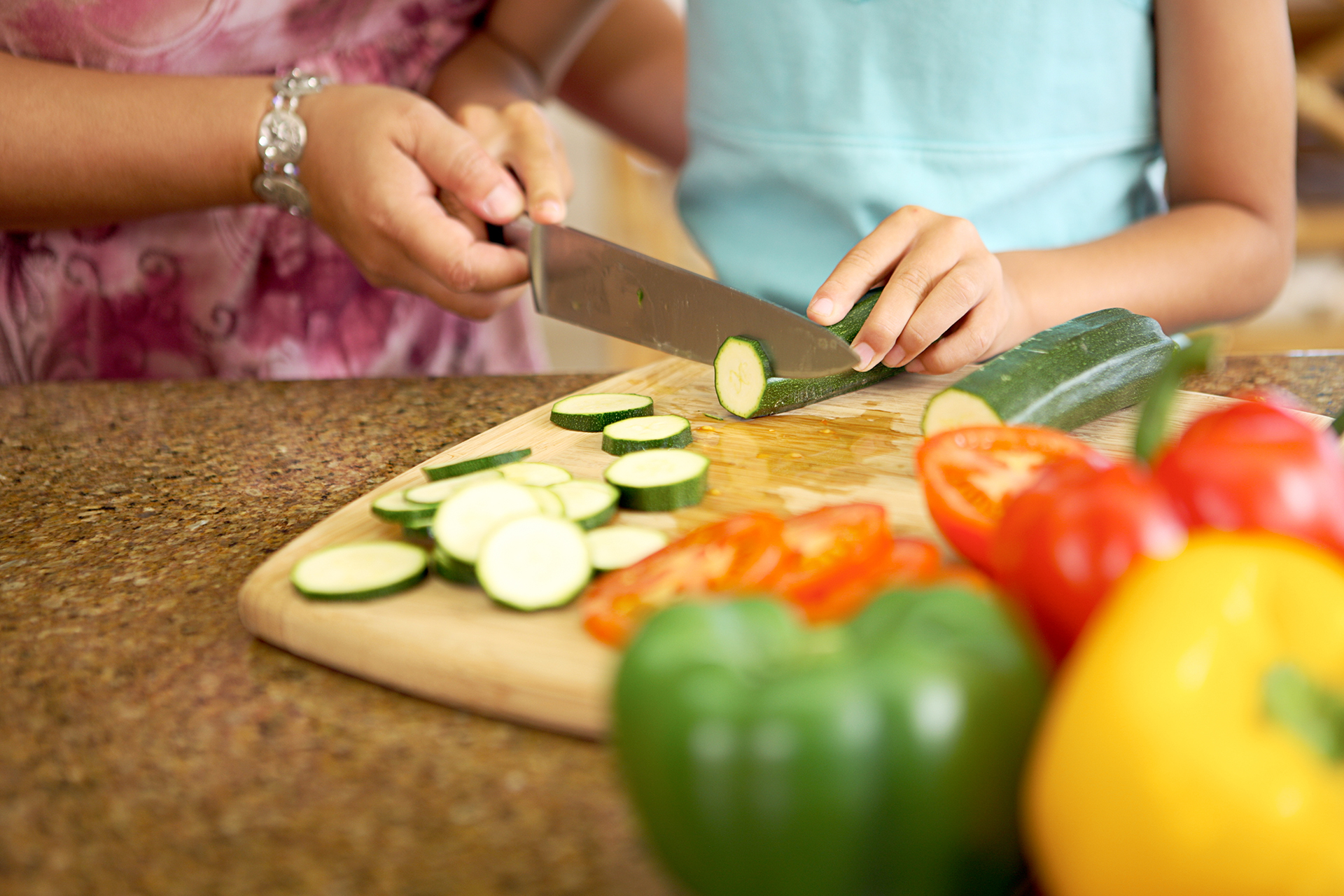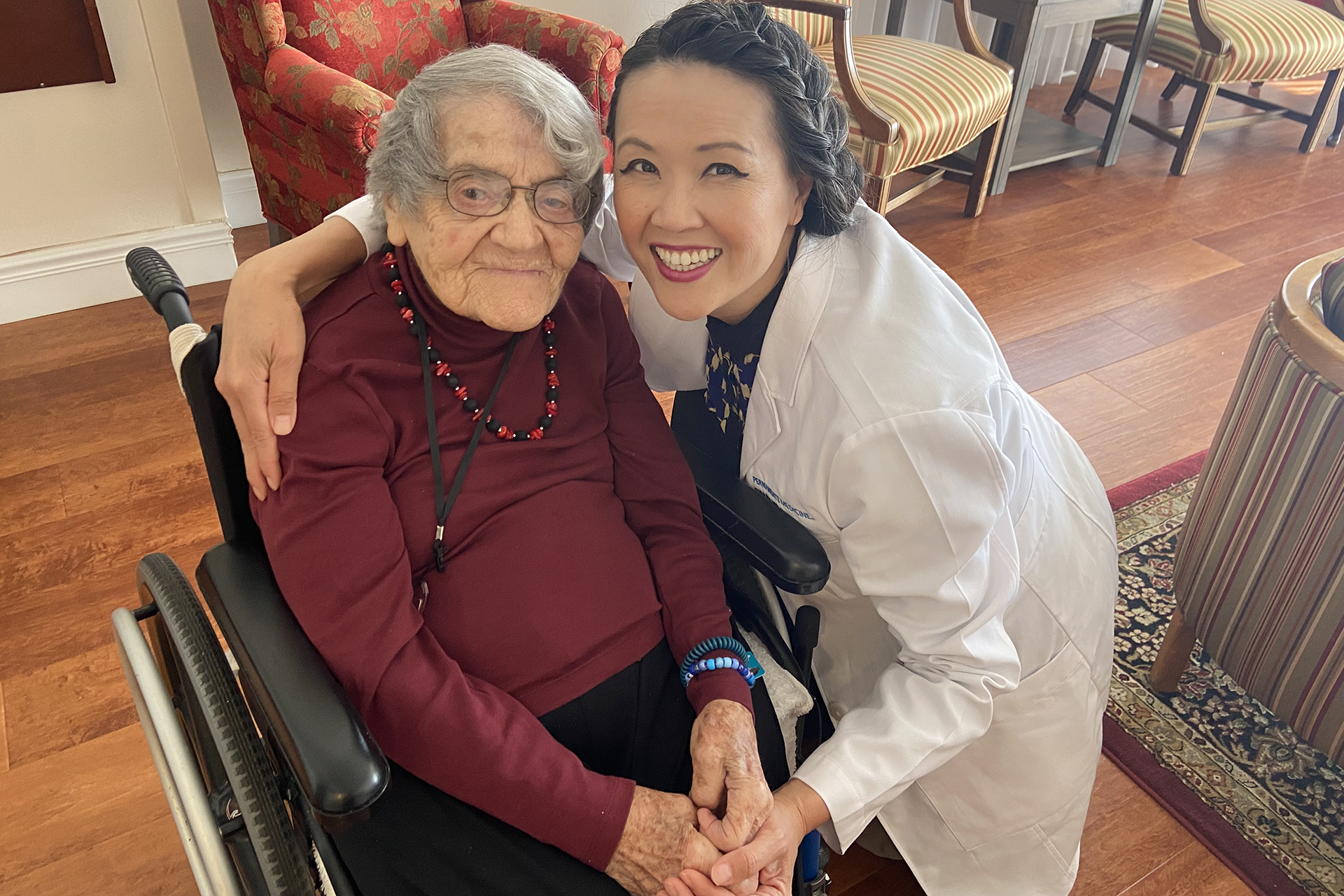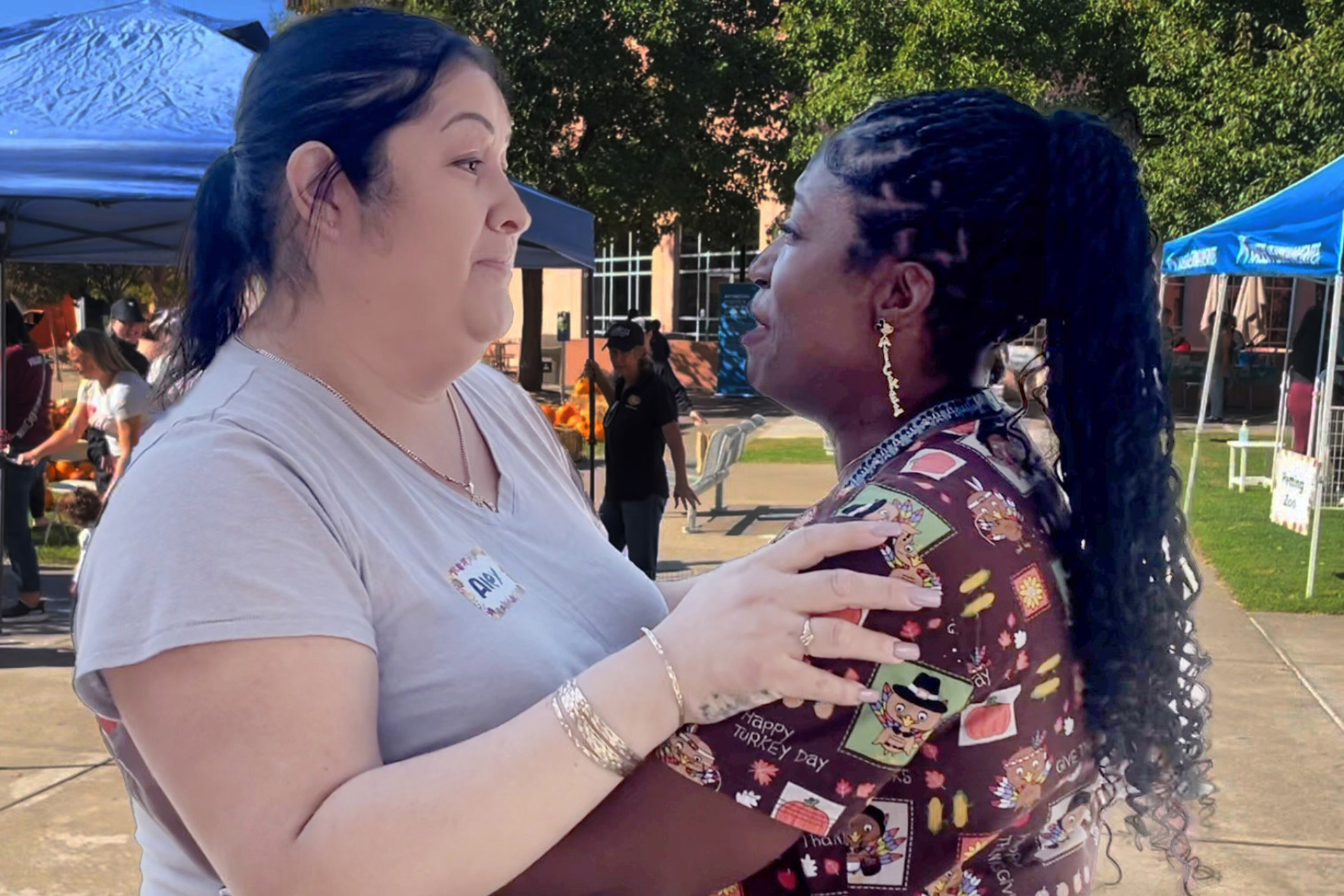The nearly year-long pandemic has left the lives of most Californians curtailed, with remote learning, closure of businesses, shelter in place orders, and all of the stress that has accompanied it.
According to Rajiv Misquitta, MD, an internal medicine physician and medical director of the Lifestyle Medicine Department at Kaiser Permanente South Sacramento, healthy living as medicine is more important than ever before.
“Plant-based food and exercise strengthen the endothelium, which is like carpeting on a floor the way its cells line the inner part of the blood vessels. COVID-19 attacks the endothelium, so you want to strengthen that.”
A heart attack at 40 led Dr. Misquitta on his path to reversing disease through healthy living. A yoga instructor, vegetarian chef, and mindfulness expert, he’s the living embodiment of the food, fork, pillow philosophy he shares with patients.
Feet
While sheltering at home may increase sedentary behavior followed by weight gain, it doesn’t have to.
“My patients are telling me they are using the time they are not commuting to exercise, instead,” Dr. Misquitta said. “This actually makes it easier to do 30 minutes of moderate exercise 5 times a week.”
In addition to morning and lunch walks, you can do squats, wall pushups, or find an open-air public pool.
“Numerous studies show that sitting for long periods of time is bad for your health,” Dr. Misquitta said. “So every hour at the least , get up and move around, even if you are just working at a standing desk.”
Fork
During the pandemic, people are eating out less (if at all), which is an opportunity to prepare healthy meals — and that helps your overall health.
“There is a tremendous amount of information out there about plant-based nutrition,” Dr. Misquitta said. “We know it helps with prevention and treatment of heart disease, diabetes, and breast cancer.”
If there are farmers markets in your neighborhood, take a walk to one to buy local produce. When cooking at home, experiment with reducing the fat and the sugar in recipes. (Read on for one of Dr. Misquitta’s original, quick recipes you can make yourself.)
Pillow
“Sleep deprivation is a huge problem in the U.S.,” Dr. Misquitta said. “We almost thrive on staying up late, working late, and getting up early.”
He added that lack of sleep can lead to weight gain, negatively affect mood and emotion, and even cause accidents.
We need at least 7 to 8 hours to restore ourselves. To help get that, cut off screen time an hour or 2 before bed. Also, try to avoid beverages 2 hours before you go to bed, so you don’t have to get up so much during the night.
“Hand in hand with sleep is mindfulness,” Dr. Misquitta added. “Sitting quietly and doing deep breathing can be a powerful tool to resting your mind. Also, don’t watch the news all of the time. Turn off the screen, go outside, and walk around your garden or a park.”
“Eighty percent of chronic illness is caused by lifestyle,” Dr. Misquitta added. “There is so much you can do to protect your health during the pandemic, just by being mindful of your nutrition, exercise, and rest.”
Visit Kaiser Permanente’s lifestyle medicine website to learn more.
Butternut Squash Soup
2 leeks, cleaned and chopped
1 white onion, diced
1 stalk celery, chopped
1 carrot, washed and chopped
2 potatoes, peeled and diced
1 butternut squash, peeled, seeded, and diced
3 cloves garlic
5 c. vegetable stock
½ tsp. curry powder
Salt and pepper to taste
To clean leeks, wash the outside, cut off the roots, and remove the tops approximately one-fourth of the way up to the greens. Slice lengthwise and fan out the layers. Run water through the layers to remove all of the dirt before chopping. In a large pot, add vegetable stock and vegetables. Bring to a boil, then simmer until the vegetables are tender, roughly 15-20 minutes. Add spices. Remove from heat and either transfer to a blender to puree or use an immersion blender until soup has a creamy texture.
Serves 8
Each serving contains: 130 calories, 0 grams of fat, 6 grams of fiber





This Post Has 0 Comments